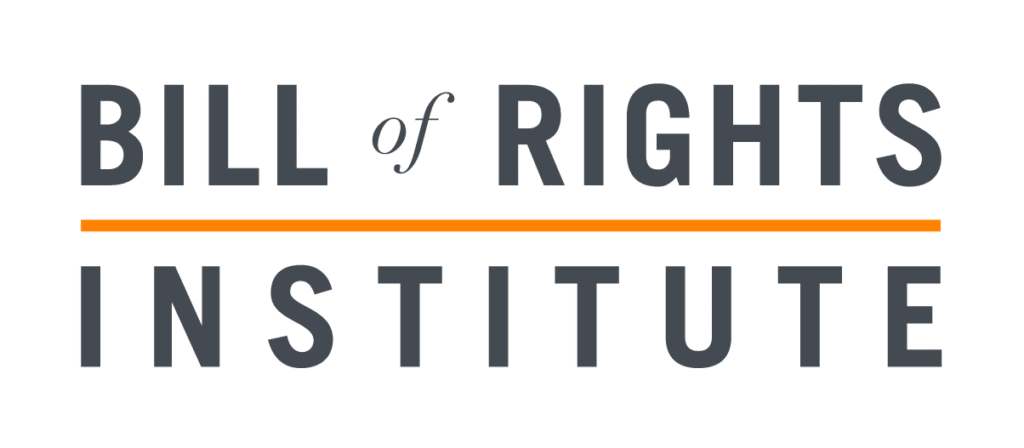By Michael Arnold
Decisions have consequences. Educators live and die by this maxim. While there might be some inconsequential decisions (i.e. – what side of your toast do you butter), most of the decisions we make (even as minute as decaf or regular), have the potential to change the whole trajectory of the day and even the entire course of history.
We know that the success of a single lesson plan can rest on things like the tone we use, the colors we wear, the looks we make, even where we decide to stand or how we arrange our seating charts. At least those are factors we consider when deciding what went well, or why our plan was deficient. We know that the decisions we make before, during, and after the lesson can set off a chain of events. And, those decisions are countless!
According to an infographic that seems to have first appeared at busyteacher.org and then was referenced many other places including in this article at teachthought.com, teachers make at least 3-4 decisions per minute while teaching, or upwards of 1,500 decisions per instructional day.
That is an astounding, yet completely believable statistic. Many teachers survive instructional days where the decisions feel never-ending, only to have to decide how much work to take home at the end of the day and what to make for supper. Yet, as amazing as that number is, we could all agree that it barely captures the extent of the decisions made before and after the instructional periods begin.
For some reason, there is an absence of research into the quantity of decisions teachers make outside of the instructional day. Perhaps it is because teachers make instructional decisions as part of the normal rhythms of their life. These are not easily quantified by the untrained eye. Where the quantitative researcher would observe a casual conversation with friends and family, the teacher sees an opportunity to observe life skills.
When it seems teachers are simply scrolling through social media or watching TV, in reality they are collecting ideas and looking for cultural trends. Even while grocery shopping, or pumping gas, or running errands, teachers are constantly finding real-life scenarios and examples to use in their instruction. The true number of decisions forming your school’s curriculum are countless because most teachers are never done thinking, reflecting, and deciding how and what they will teach.
The Power of Curriculum
As educators, we know the power of our curriculum. Our curriculum leads us to achieve the desired outcomes in our students. As you consider what is being taught and how it is being taught at your school, it is easy to see that you cannot separate the power of decisions from the realities of the curriculum. Your school’s curriculum should help form some of the decisions of your instructional team even as the decisions they make continue to drive your school’s curriculum.
But your school’s curriculum is more than just the decisions teachers make before, after, or during instruction. Ultimately, it is about the decisions students will eventually make years, or even decades, after they leave the school. As teachers, we know this. So, we take every opportunity to preach to our students about the power of their decisions. We ask them to make different choices and, of course, we praise them when they make the right decisions, or even slightly improved decisions than they made yesterday.
We create a controlled environment for students to practice making decisions – a or b, true or false, pass or fail. Sometimes – although we often struggle with this – we decide to yield some control of the classroom to the students giving them freedom to make their own choices. We start small with a list of topics, modes of presentation, the invitation to choose a partner.
Over time, we get brave and offer them opportunities to take electives, and identify what career paths interest them. We cheer when they embrace those decisions, grieve as they experience the consequences of poor choices, and encourage them to decide to try, try again. While we know that our students are their own people, we cannot help but see the success (and failure) of their personal choices as some kind of testament to our own instructional decision making.
How Do We Decide?
All the while, we know that our instructional decisions do not happen in a vacuum. There are multiple layers of decision-making around us feeding into our decisions. Textbooks, a self-contained ecosystem of decision-makers (made up of editors, graphic designers, content writers, publishers, marketing teams, etc.) are often chosen by committees or other leaders. State and regional educational departments make decisions about what will be included in the standards or benchmarks, as well as what will be assessed on the standardized tests, required for graduation, and otherwise imposed upon those who decide to align to their requirements.
Accrediting agencies and other members of our instructional network, including consultants, trainers, and instructional coaches, bring their decisions to the table as they seek to impact the decisions being made throughout your school. The choices and decisions made by school leadership will set priorities, determine initiatives, and otherwise impact the nature of the decisions we are making as well.
The rise of social media and the underlying technology boom our students were born into, influence our decision-making process as well. There has been a huge shift in the availability of and access to instructional resources, modes of communication, and even access to networks, experts, and thought leaders.
According to an article in Education Week, 59% of individuals 14 to 23 prefer YouTube as their learning tool of choice. That age group represents students AND teachers. Another study found that veteran teachers may use social media more than their younger counterparts with most teachers drawing upon Facebook (followed by Pinterest and then Instagram) for teaching ideas, classroom resources, staying current, and connecting with others.
In other words, social media is quickly replacing some of the more traditional methods (conferences, co-ops, books, and articles) educators have used to make decisions about what they teach and how they teach it.
Of course, increased social connectivity has brought about a variety of other cultural and global changes in the educational landscape. Parents are more aware of and engaged in school events, instructional activities, and even grading practices than ever before. We have moved from a quarterly report card delivered by snail-mail (or carried in Johnny’s backpack for a few weeks) to a real-time alert that an assignment is missing or a behavior point has been awarded.
With the rise of engagement (and the somehow-related advent of helicopter parents) comes increased expectations and even demands about the nature of instruction. While much of this is good, our unlimited access to information, the 24-hour news cycle, and the never-ending need for content seems to be producing a society that is polarized and tribal with an ever-present threat of being “canceled.” Staggering challenges to social norms, the rejection of traditional and faith-based values exacerbate cultural and social differences. All these factors have an impact on the decision-making process of teachers.
Keeping Up With Reality
We could add to this list of societal influencers recent explosions in the creation and use of educational technology, advancements in brain research, geo-political realities, and the shifts in recommended pedagogical practices to reflect all of these changes.
And, lest we forget, our primary students have now lived most of their educational lives in a worldwide pandemic where remote learning has been an ever-present reality. These realities all play a role in the decisions teachers make.
Simply put, what may have been a successful strategy, method, resource, or approach just a few years ago could be foreign to the students in the classroom today.
Michael Arnold is a long-time sales, support, and training specialist for Curriculum Trak, which specializes in collaborative curriculum mapping, www.curriculumtrak.com.





